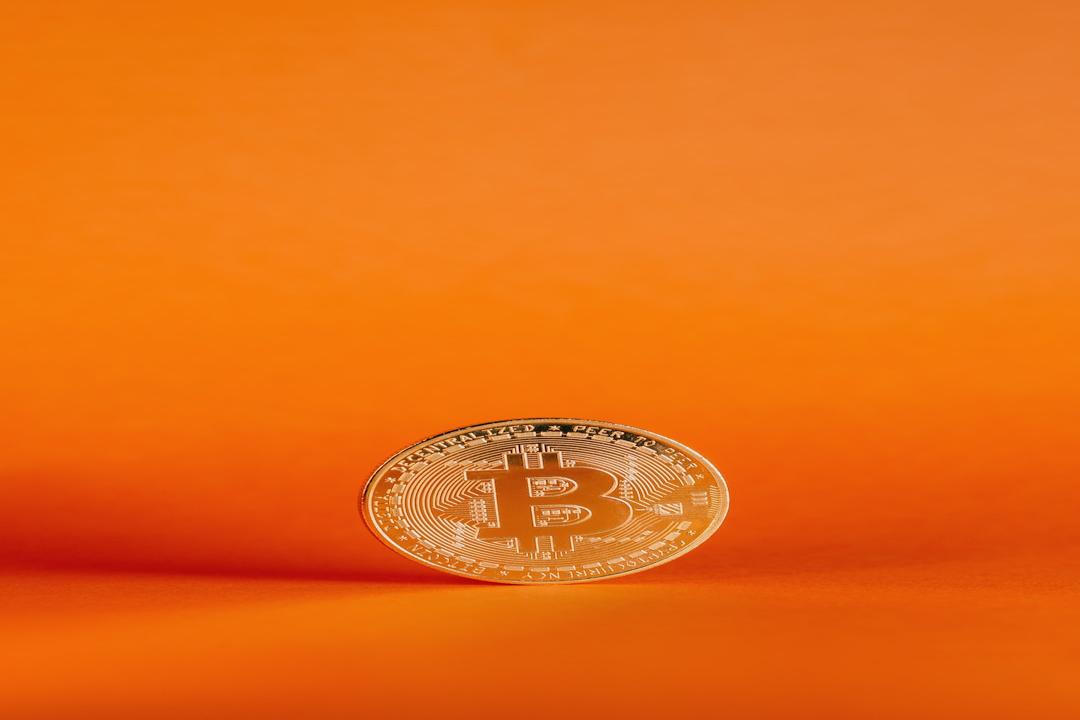In the world of digital communication and technology, peer-to-peer (P2P) networks have emerged as a revolutionary concept, changing the way data is exchanged and controlled. Whether it’s for sharing files, decentralized applications, or cryptocurrency transactions, P2P networks play a vital role in today’s interconnected society. This article aims to clarify the principles behind peer-to-peer networks, their benefits, applications, and potential challenges.
Understanding Peer-to-Peer Networks
Peer-to-peer networks are decentralized systems where each participant, or “peer,” acts as both a client and a server. Unlike traditional client-server models, where a central server oversees data and services, P2P networks distribute these responsibilities among all peers in the network. This setup allows for direct communication and data sharing between peers without the need for a central authority.
Functioning of Peer-to-Peer Networks
In a peer-to-peer network, each node (or peer) can initiate tasks, share resources, and communicate directly with other nodes. Here’s a simplified explanation of how these networks operate:
Node Setup: Each peer installs software that links them to the P2P network, enabling them to connect and interact with other nodes.
Resource Exchange: Peers share resources like files, processing power, or bandwidth. Each node can upload and download data from other nodes.
Direct Communication: Nodes communicate directly to exchange data, including searching for files, retrieving information, or performing calculations.
Network Management: The network self-regulates through protocols that handle peer connections, data integrity, and resource distribution. This ensures the network remains robust and efficient even as peers join or leave.
Advantages of Peer-to-Peer Networks
Peer-to-peer networks offer several benefits that make them attractive for various uses:
Decentralization: P2P networks eliminate the need for a central server, reducing points of failure and enhancing resilience. This aligns with modern technologies like blockchain and decentralized finance (DeFi).
Scalability: P2P networks can expand efficiently as the number of nodes grows, with each new peer contributing resources to enhance overall capacity and performance.
Cost-Effectiveness: By utilizing individual node resources, P2P networks cut operational costs, making them an economical option for developers and users.
Robustness: The distributed nature of P2P networks boosts their resilience, ensuring continued functionality even if some nodes fail. This redundancy guarantees high availability and reliability.
Applications of Peer-to-Peer Networks
Peer-to-peer networks have diverse applications across various domains, showcasing their versatility and usefulness:
File Sharing: P2P networks like BitTorrent streamline the distribution of large files by allowing users to download from multiple sources simultaneously.
Decentralized Finance (DeFi): P2P networks support DeFi applications in cryptocurrency and blockchain, enabling peer-to-peer transactions, lending, and trading without intermediaries.
Distributed Computing: Projects such as SETI@home and Folding@home utilize P2P networks for distributed computing, where volunteers contribute processing power to aid scientific research.
Online Gaming: Many online gaming platforms use P2P networks to manage multiplayer interactions, reducing latency and enhancing the gaming experience through direct player communication.
Challenges and Considerations
While P2P networks offer numerous advantages, they also present challenges:
Security: P2P networks are susceptible to security threats like malware distribution and data breaches, emphasizing the importance of ensuring data integrity and security.
Bandwidth Management: Effective bandwidth management is crucial in P2P networks to prevent congestion and maintain network performance during high traffic.
Regulation and Legal Issues: Some P2P applications, especially those involving file sharing, may raise legal and regulatory concerns, underscoring the need for compliance with laws and regulations.
In Conclusion
Peer-to-peer networks mark a significant shift in how data and resources are shared and controlled. Their decentralized, scalable, and cost-effective nature makes them a valuable tool for a wide range of applications, from file sharing to decentralized finance. As technology advances, P2P networks are likely to play an increasingly crucial role in the digital landscape, offering innovative solutions and reshaping traditional models of interaction and transaction.

